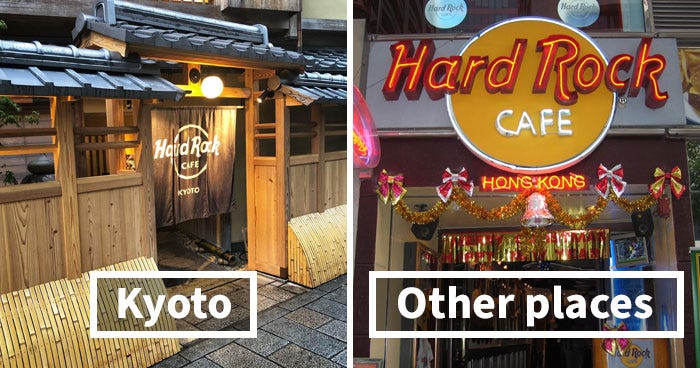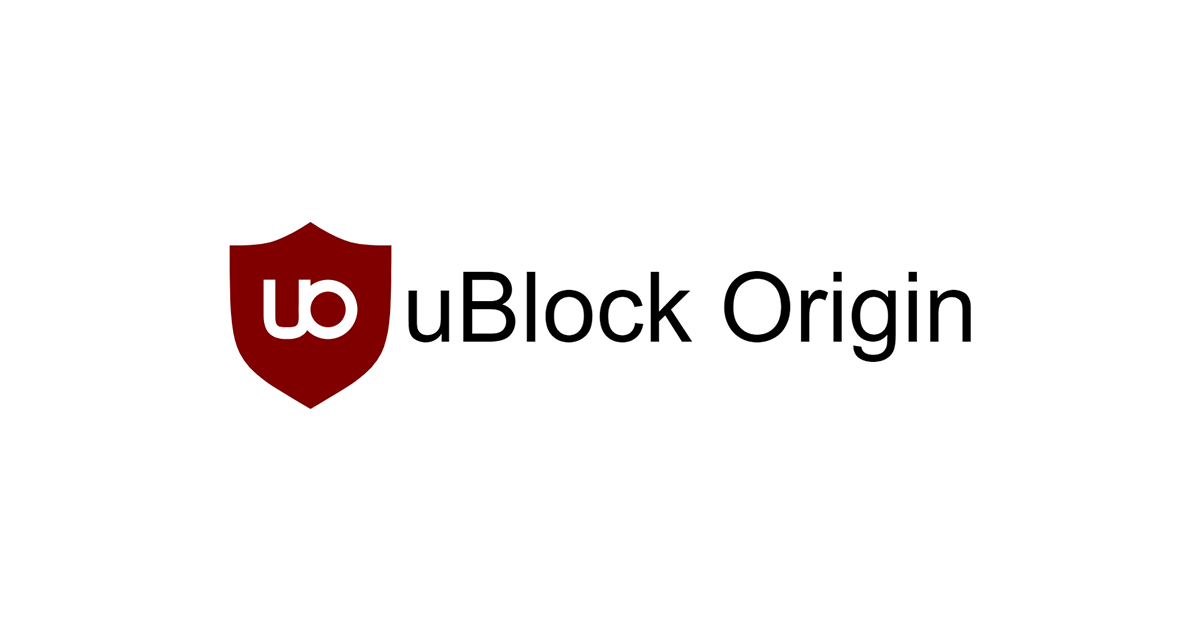The Case for Design Codes in Digital Advertisements
The search for an internet that's easier on the eyes.
A flood of advertisements competing for our attention has ruined the digital landscape. As users, these distractions are overwhelming and intrusive. Certain cities—such as sections of Kyoto—have passed strict laws governing physical ads, limiting their complexity, colors, and size. This begs the interesting question, could (and should) we use comparable design codes for online digital ads?
I had the pleasure of living in Kyoto last fall, where this idea first came to me when I saw the an uncolored wooden billboard for Starbucks. Kyoto, a city rich in historical legacy, has set design codes that protect its cultural aesthetic while fostering commercial interests. There are very strict rules about how advertisements must look in this city, which fosters a peaceful coexistence of business and culture. Kyoto has preserved the integrity of its urban environment by controlling visual noise, demonstrating that such actions can benefit a community rather than harm it. For example, the city limits the height and lighting of signage and requires all businesses to use subdued colors that complement traditional Kyoto aesthetics. By keeping distractions to a minimum, this balance enhances the shopping experience while also maintaining the city's character.
When looking for digital banner ads that respect the user experience, I literally couldn’t find examples that met the quality that I am looking for. I’ve tried to come up with some rules here that make sense to me, however I lack experience in web design and do not know how easy these would be to implement so take all of this with a grain of salt.
First, Transparency in backgrounds for digital advertising. Advertisements should use transparency or colors that blend nicely with the website's background. This strategy reduces visual interruption and results in a more coherent browsing experience. Total transparency is not great from a branding perspective, but maybe the “background color” of an advertisement should be set to some maximum opacity level to prevent clashing with the host website.
Next, Ad size constraints. Physical advertisements have size restrictions in well-designed urban areas, and digital ads may benefit from similar constraints. We’ve all seen a Billboard that seems much too imposing, in the same way we have seen “Skyscraper ads” that take up the entirety of a side margin of a website. By limiting the size of text and graphics to a particular percentage of the webpage, we can reduce the overwhelming sense that comes with excessive advertising. This should adapt to the device being browsed, as the size and proportional difference between phone and desktop browsing creates different needs.
Finally (this one is probably the most radical from a branding perspective), Color palettes that are consistent with the general design of the host website. This is not only radical but probably incredibly difficult to do. I imagine allowing some percentage of an ad to be non-neutral “branding colors”, while the rest must be some variation of transparent or otherwise neutral. Maybe some standardized system that fills in the gaps with the base colors of the website, even just as a small gradient margin to ease the viewers eyes.
The rise of ad-blocking technology emphasizes the need for these design guidelines. As people get increasingly irritated by intrusive adverts that disrupt their online experience, applications like AdBlock have garnered enormous popularity. Much of the desire to ban advertisements entirely arises from their aggressive targeting and frequent disregard for user experience. I personally experience some kind of shock when I have to use someone else’s computer and am exposed to just how ugly and invasive advertisements are.
When advertisements are constructed without regard for their surroundings, they might appear obtrusive and overbearing, leading users like me to tools that completely erase them. Unfortunately, I don’t have any solution for video advertisements. The switch that Youtube made to 2 back-to-back advertisements has made watching videos on appliances that have ads near impossible.
By applying urban design concepts to the digital domain, we can create environments that value human participation while preserving the integrity of digital spaces. As we traverse a world inundated with digital noise, using properly crafted standardized for digital advertisements may lead to a more gratifying and engaging online experience. There is a dignity in being surrounded by beautiful things, and it is a shame that the “place” that we traverse the most is also one of the ugliest that we experience on a daily basis.





